5 Greatest Health-Care Stocks of All Time
Health-care stocks have always benefited from the powerful demographic forces of steady population growth and longer life expectancy.


Health-care stocks have always benefited from the powerful demographic forces of steady population growth and longer life expectancy. Indeed, the population of the U.S. has more than tripled over the past 100 years. And the average American can expect to live to the age of 79, up from 51 a century ago. Those trends have given the health-care sector a steady influx of new customers for decades. At the same time, technological breakthroughs let health-care companies develop everything from better drugs to more effective medical devices.
The bottom line is that the relentless growth and aging of the U.S. population has helped a number of health-care stocks deliver some of the best returns in the stock market. This came to light when Hendrik Bessembinder of Arizona State University's W. P. Carey School of Business analyzed the lifetime returns of 25,782 common stocks over a 90-year span. The finance professor found that 96% of all stocks collectively performed no better than risk-free 1-month Treasury bills. The remaining 4% – just 1,000 stocks – generated all of the nearly $32 trillion in wealth created by the stock market between July 1926 and December 2015. Even more striking, the top 30 stocks accounted for one-third of that amount. Five of the 30 top-performing stocks can be found in the health-care sector. You're sure to recognize these names, which are among the titans of the health and drug industry.
Disclaimer
Stocks are listed in order of the dollar amount of lifetime wealth creation, which includes reinvested dividends, from lowest to highest. Current stock data as of August 29, 2017. Analysts’ ratings provided by Zacks. For more details on Bessembinder’s study methodology and findings, download a copy of his paper, "Do Stocks Outperform Treasury Bills?"
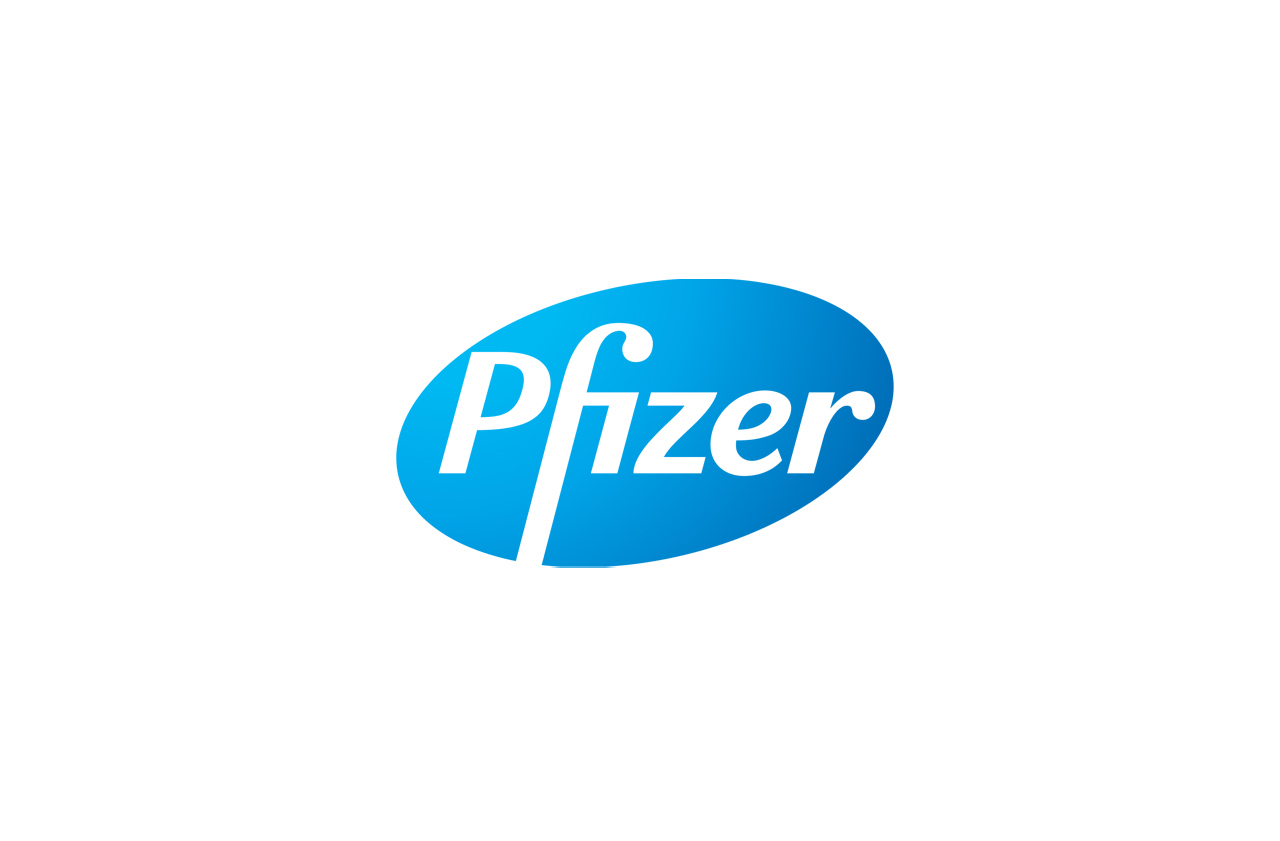
Pfizer
- Ticker symbol: PFE
- Lifetime wealth creation: $171.6 billion
- Lifetime cumulative return: 2,588,650%
- Current share price: $33.50
- Current dividend yield: 3.8%
- Current analyst ratings: 7 strong buy, 0 buy, 7 hold, 0 sell, 1 strong sell
It should come as no surprise that many of the top-performing stocks since 1926 are components of the Dow, which dates back to 1896. The popular benchmark is made up of 30 of the bluest blue-chip stocks available to investors, and components change infrequently. Pfizer, founded in 1849 and public since 1942, had to wait until 2004 before it was finally added to the industrial average. The pharmaceutical giant earned the honor in large part thanks to its history of developing blockbuster drugs. Among the best known are Lipitor (for cholesterol) and Viagra (for erectile dysfunction). Pfizer also owes its growth to its many successful acquisitions. Since 2000, it has purchased Warner-Lambert, Pharmacia and Wyeth. Despite the stock’s remarkable lifetime performance, it's been ordinary in recent years. Including dividends, returns come to 107% over the past 10 years. The broader Standard & Poor’s 500-stock index is up 110% over the same span, including dividends. Over the last 52 weeks, the stock is down nearly 4% on a price basis.
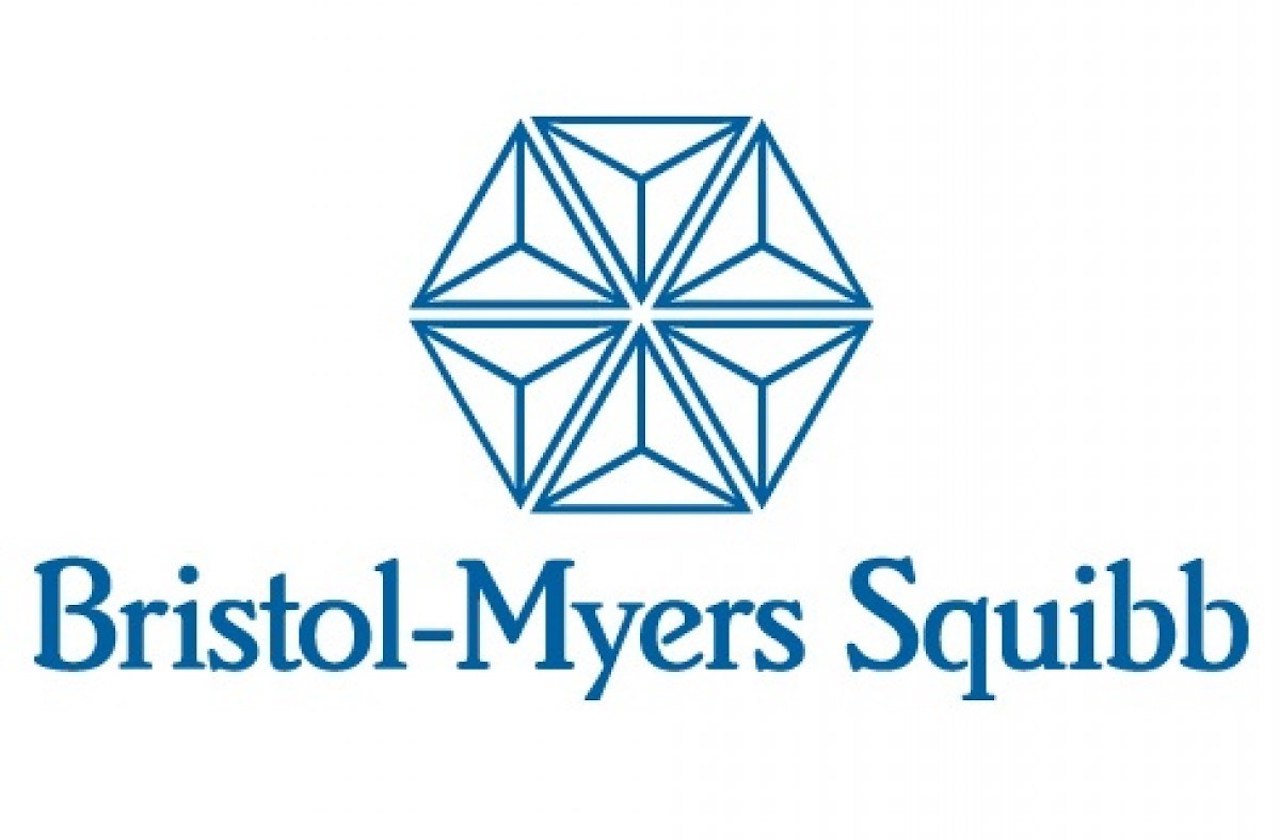
Bristol-Myers Squibb
- Ticker symbol: BMY
- Lifetime wealth creation: $177.2 billion
- Lifetime cumulative return: 3,484,840%
- Current share price: $58.86
- Current dividend yield: 2.7%
- Current analyst ratings: 5 strong buy, 1 buy, 5 hold, 0 sell, 1 strong sell
Add another pharmaceutical maker to the list of the greatest creators of stock market wealth for investors over the 90-year span. The modern-day Bristol-Myers Squibb resulted from the 1989 merger of Bristol-Myers and Squibb, but even before joining forces the two separate companies boasted distinguished business lineages that stretch back into the 19th century. A long track record of successful acquisitions has kept the pipeline primed with big-name drugs over the years. Among the better-known names today are Coumadin, a blood thinner, and Glucophage, for Type 2 diabetes. Despite a phenomenal lifetime return for the stock through 2015, shares cratered a year ago after one of the company’s key cancer drugs failed a clinical study. Bristol-Myers Squibb stock is still in recovery mode. Excluding dividends, it's up 2.8% over the last 52 weeks. The S&P 500 has gained 12% over the same time frame, dividends not included.
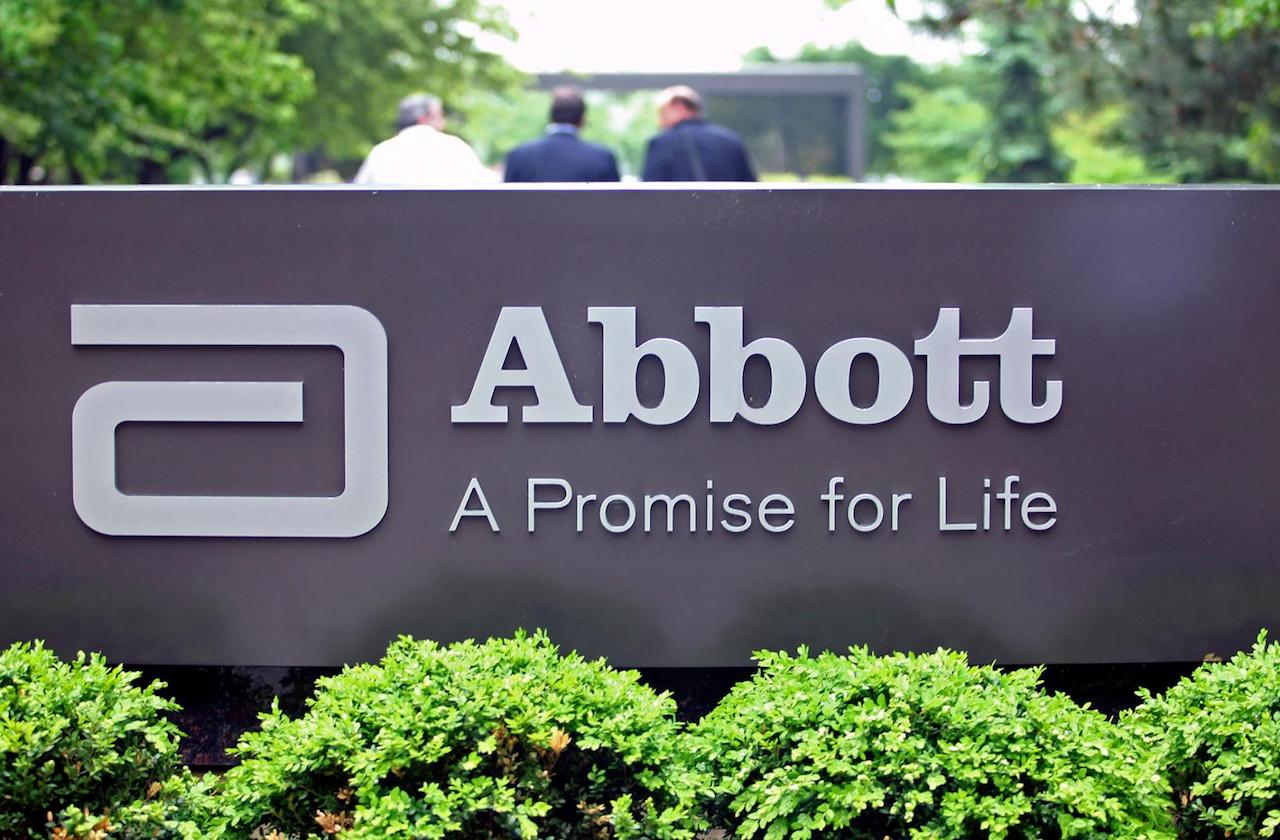
Abbott Laboratories
- Ticker symbol: ABT
- Lifetime wealth creation: $189.6 billion
- Lifetime cumulative return: 2,820,670%
- Current share price: $50.15
- Current dividend yield: 2.1%
- Current analyst ratings: 11 strong buy, 2 buy, 5 hold, 0 sell, 0 strong sell
Joining Pfizer and Bristol-Myers Squibb on this distinguished list of top-performing stocks is fellow health-care giant Abbott Laboratories. The company has a long and eventful history that dates to its founding in 1888. Abbott first paid a dividend in 1924, and it has raised its payout annual for the last 46 years in a row. The company went public in 1929 on the eve of the Great Depression. Its many decades as a dividend-paying public company have certainly attributed to the extraordinary lifetime returns of its stock. A new era began for Abbott in 2013, when it spun off AbbVie as a standalone maker of branded drugs and therapies. Abbott now focuses on generic drugs, medical devices, nutrition and diagnostic products. Since the spinoff, however, Abbott’s share-price performance has trailed that of both AbbVie and the broader S&P 500 index.

Merck
- Ticker symbol: MRK
- Lifetime wealth creation: $265.7 billion
- Lifetime cumulative return: 791,780%
- Current share price: $63.12
- Current dividend yield: 3%
- Current analyst ratings: 6 strong buy, 1 buy, 3 hold, 1 sell, 0 strong sell
Merck is the top-performing drug maker on this list with lifetime wealth creation between 1926 and 2015 totaling more than a quarter-trillion dollars. This shouldn’t come as a surprise considering Merck’s corporate pedigree. The company was established in 1891, and the stock has been a component of the Dow since 1979. The Merck family’s involvement in the pharmaceutical business dates back to 17th century Germany. The 21st century has been less kind, however. The stock price, adjusted for splits and dividends, remains well below its 2000 peak near $95 a share. In the past 17 years, Merck has experience plenty of ups and downs, from the Vioxx recall in 2004 to its megamerger with Schering-Plough in 2009. With nearly $40 billion in annual sales, Merck remains a formidable player in the global drug business. Whether the stock can regain its former glory remains to be seen.
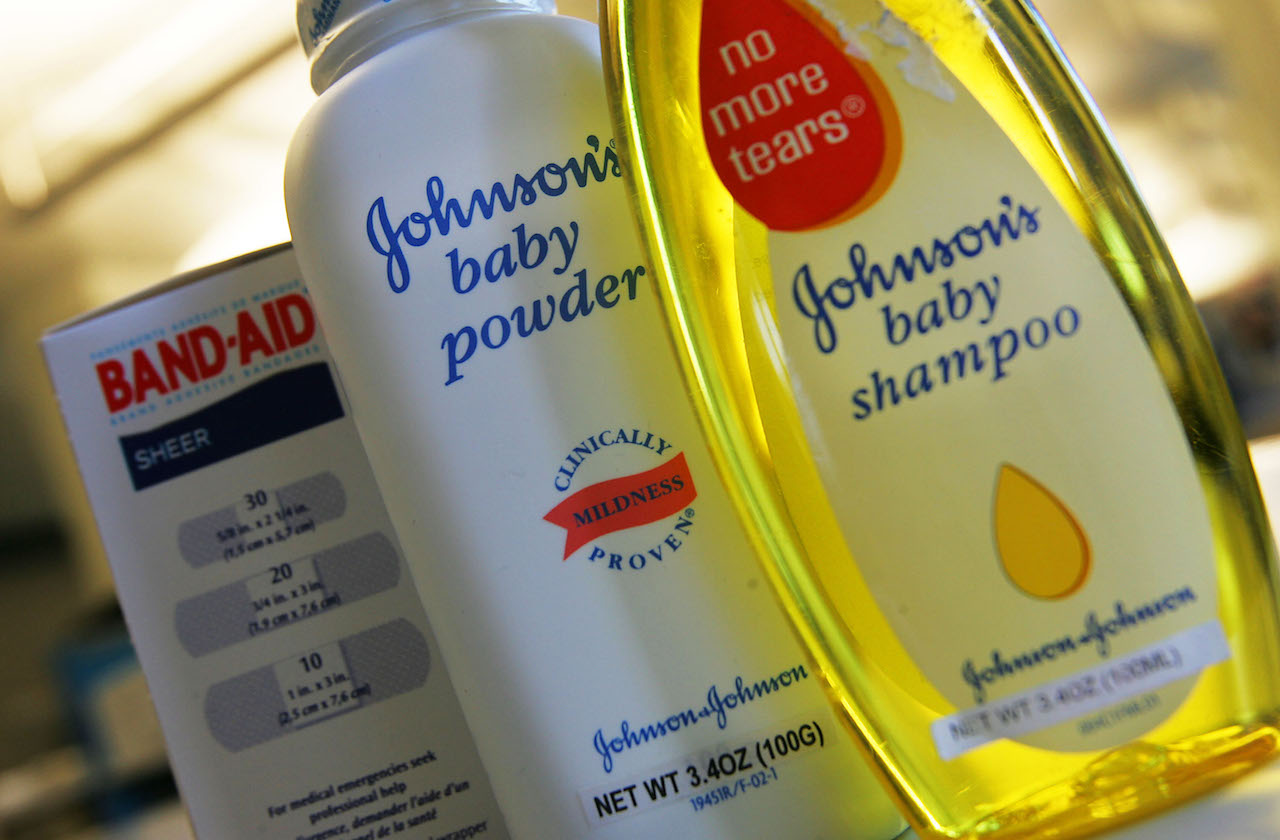
Johnson & Johnson
- Ticker symbol: JNJ
- Lifetime wealth creation: $383.7 billion
- Lifetime cumulative return: 2,930,670%
- Current share price: $132.21
- Current dividend yield: 2.6%
- Current analyst ratings: 5 strong buy, 1 buy, 7 hold, 0 sell, 2 strong sell
Johnson & Johnson operates in several different areas of health care including pharmaceutical products and medical devices. The company is best known, however, for its over-the-counter consumer brands including Listerine mouthwash and Tylenol pain reliever. J&J has been at the health-care game for a very long time. Founded in 1886 by three brothers, the company created the first commercial first aid kits and it was the first to mass-produce dental floss – all before 1900. Its iconic Band-Aid bandages hit the market in 1921. Somewhat surprisingly, J&J wasn’t added to the Dow until 1997, even though shares had been publicly traded since 1944. The ever-rising dividend, along with the popularity of its products, eventually made the stock too conspicuous to ignore. J&J has increased the amount of its annual payout to shareholders every year since 1963.
Get Kiplinger Today newsletter — free
Profit and prosper with the best of Kiplinger's advice on investing, taxes, retirement, personal finance and much more. Delivered daily. Enter your email in the box and click Sign Me Up.

Dan Burrows is Kiplinger's senior investing writer, having joined the publication full time in 2016.
A long-time financial journalist, Dan is a veteran of MarketWatch, CBS MoneyWatch, SmartMoney, InvestorPlace, DailyFinance and other tier 1 national publications. He has written for The Wall Street Journal, Bloomberg and Consumer Reports and his stories have appeared in the New York Daily News, the San Jose Mercury News and Investor's Business Daily, among many other outlets. As a senior writer at AOL's DailyFinance, Dan reported market news from the floor of the New York Stock Exchange.
Once upon a time – before his days as a financial reporter and assistant financial editor at legendary fashion trade paper Women's Wear Daily – Dan worked for Spy magazine, scribbled away at Time Inc. and contributed to Maxim magazine back when lad mags were a thing. He's also written for Esquire magazine's Dubious Achievements Awards.
In his current role at Kiplinger, Dan writes about markets and macroeconomics.
Dan holds a bachelor's degree from Oberlin College and a master's degree from Columbia University.
Disclosure: Dan does not trade individual stocks or securities. He is eternally long the U.S equity market, primarily through tax-advantaged accounts.
-
 Stock Market Today: Trump Retreats, Markets Rejoice
Stock Market Today: Trump Retreats, Markets RejoiceStocks rally, yields soften, the dollar rises, and even beaten-down names enjoy the wages of potential trade peace.
By David Dittman
-
 In Trump’s Economy Should 401(k) Savers 'Set It and Forget It?'
In Trump’s Economy Should 401(k) Savers 'Set It and Forget It?'It’s hard to bury your head in the sand when the markets are volatile. Here’s when it makes sense and when it doesn’t.
By Donna Fuscaldo
-
 The Cheapest Places To Retire in the US
The Cheapest Places To Retire in the USWhen you're trying to balance a fixed income with an enjoyable retirement, cost of living is a crucial factor to consider.
By Stacy Rapacon
-
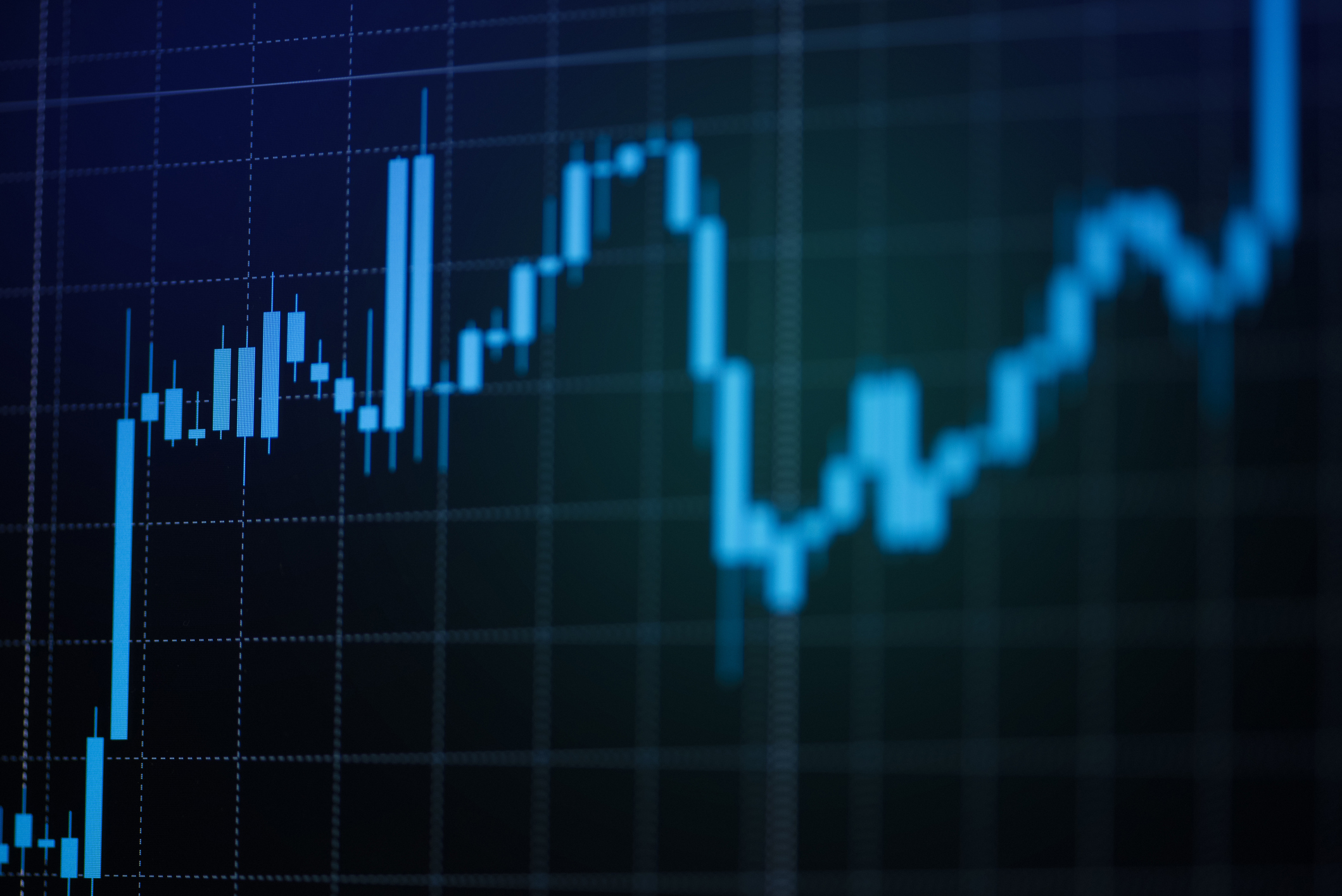 Stock Market Today: Nasdaq Hits New High Ahead of Alphabet Earnings
Stock Market Today: Nasdaq Hits New High Ahead of Alphabet EarningsThe Google parent is one of several mega caps reporting earnings this week, with results due out after Tuesday's close.
By Karee Venema
-
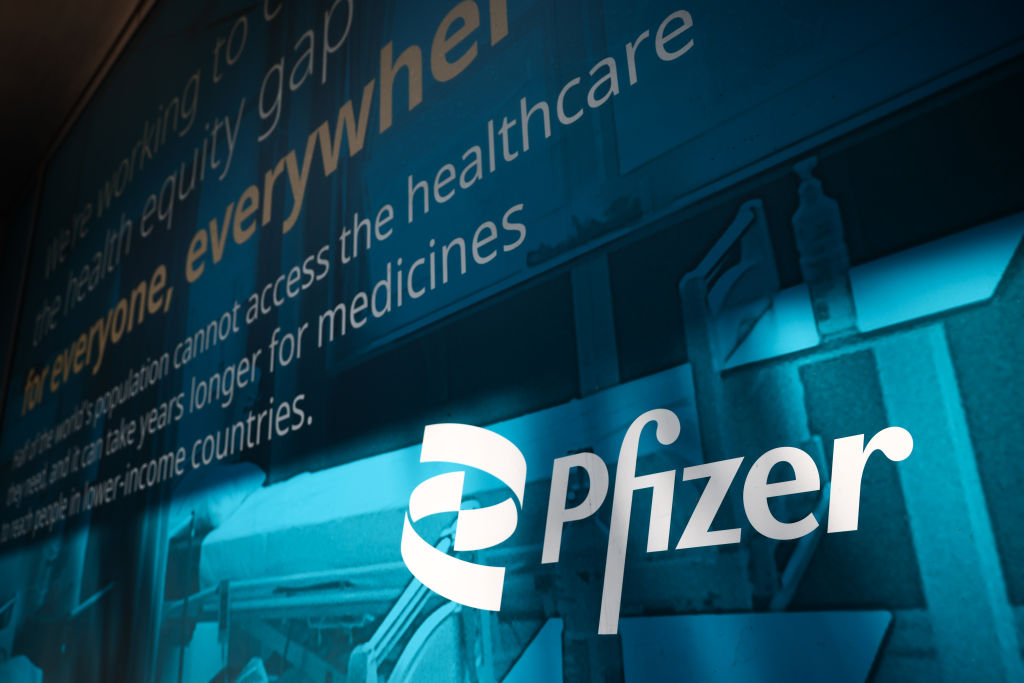 Why Pfizer Stock Is Lower After a Beat-and-Raise Quarter
Why Pfizer Stock Is Lower After a Beat-and-Raise QuarterPfizer stock is down Tuesday even after the drugmaker reported higher-than-expected Q3 earnings and raised its full-year outlook.
By Joey Solitro
-

 Stock Market Today: Stocks Hit Fresh Highs on Bank Earnings, Econ News
Stock Market Today: Stocks Hit Fresh Highs on Bank Earnings, Econ NewsStrong corporate profits and benign economic data once again sent equities to record levels.
By Dan Burrows
-

 Stock Market Today: Markets Slip on Hot Inflation Print, Layoff News
Stock Market Today: Markets Slip on Hot Inflation Print, Layoff NewsEconomic data continues to complicate expectations for Federal Reserve rate cuts.
By Dan Burrows
-
 Stock Market Today: Nasdaq Slumps Ahead of Microsoft Earnings
Stock Market Today: Nasdaq Slumps Ahead of Microsoft EarningsThe S&P 500 also closed lower Tuesday, while the Dow Jones Industrial Average managed a win.
By Karee Venema
-
 Pfizer Stock Slips After Beat-And-Raise Quarter: What to Know
Pfizer Stock Slips After Beat-And-Raise Quarter: What to KnowPfizer reported a notable year-over-year decline in Q2 earnings, but the results still beat expectations. Here's what investors should know.
By Joey Solitro
-
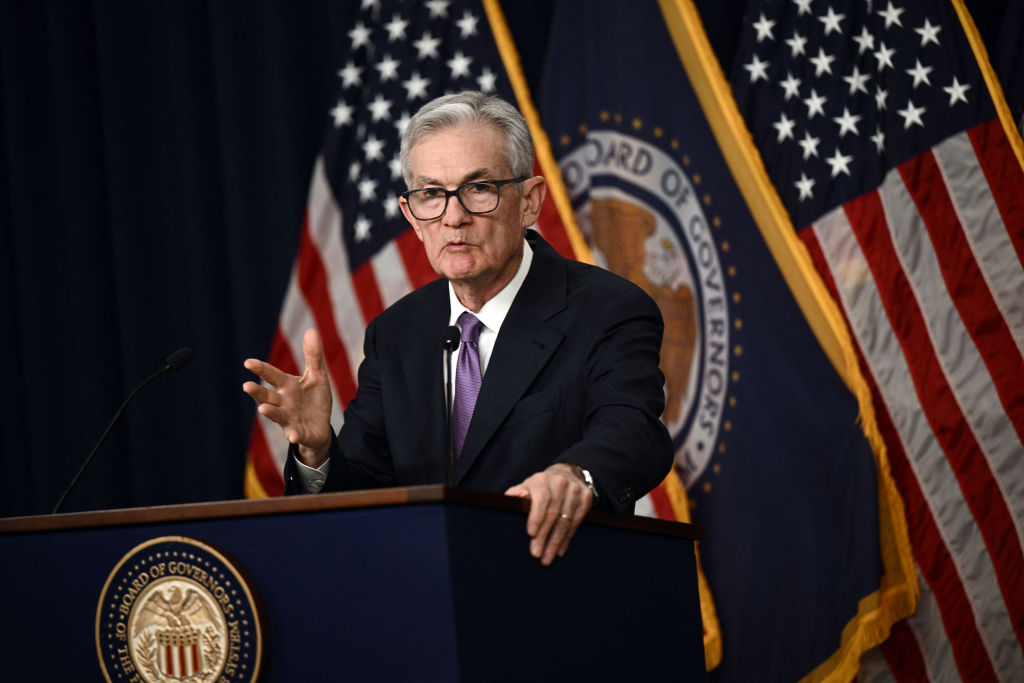 Stock Market Today: Dow Closes at New High After Fed Signals Rate Cuts
Stock Market Today: Dow Closes at New High After Fed Signals Rate CutsThe central bank left rates unchanged at its December meeting, but hinted that several cuts are coming in 2024.
By Karee Venema
